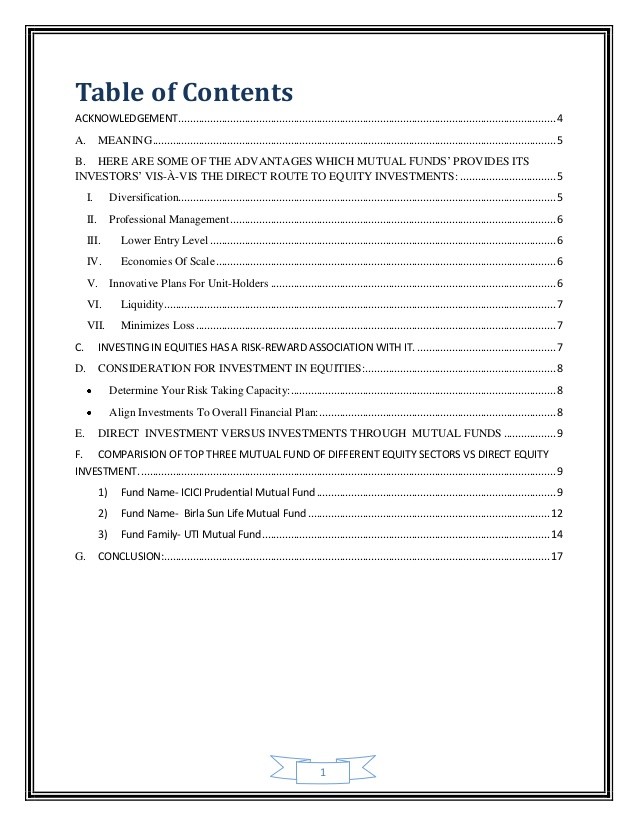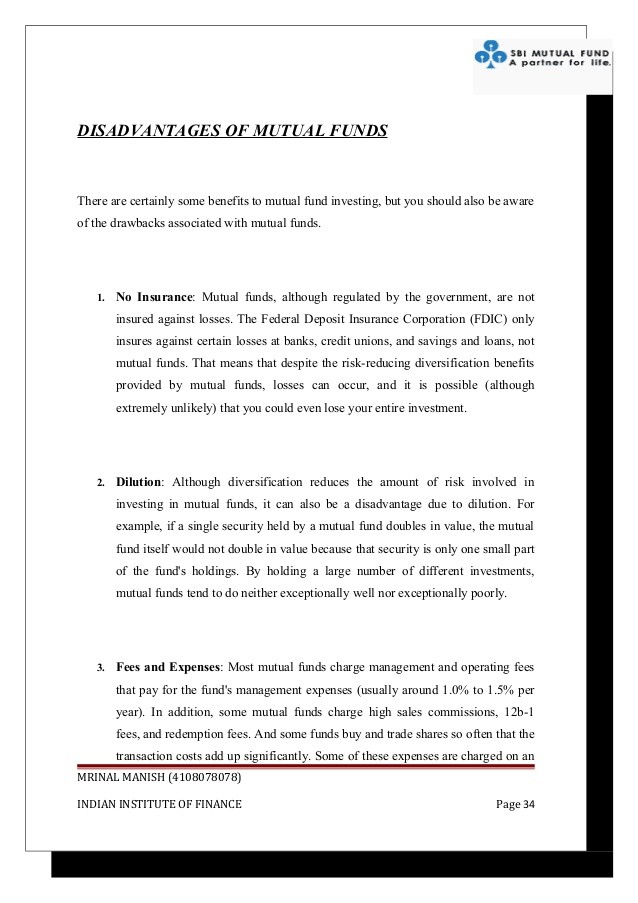What Are the Benefits and Disadvantages of C Share Mutual Funds
Post on: 21 Июль, 2015 No Comment

Mutual funds remain a popular method of investment for Americans. Of the millions of investors who own these investments, a considerable number do not comprehend the complexities of how to invest in mutual funds. Therefore, it is essential to comprehend the various classes of these shares for instance the C share mutual funds, which are suitable for those who will redeem their shares in the short term.
Which Factors Should You Consider When Investing in a Mutual Fund?
Contemplating your risk tolerance and investment strategies can help determine the suitable fund type. However, investors should also consider other factors such as the impact of fees and taxes on your returns. One factor to consider is risk degrees; it is essential to read a prospectus and shareholder reports to recognize the investment strategy and possible risks. This factor is significant because every fund has some risk level hence you may lose a portion of all the invested money. The other factors are expenses and fees. Similar to any business operating a mutual fund entails costs including distribution and marketing expenses. Therefore, it is essential to comprehend these charges since they decrease your returns.
What Are C Share Mutual Funds?
This share class typically has a high 12 b-1 fee. Additionally, this class does not switch to a different class. Frequently termed level load shares, this class is suitable for redeeming shares in the short-term. These investments might feature annual expenses, a back or front-end sales load. However, the front or back-end load for these shares is typically lower than other classes. Moreover, these investments have higher yearly expenses than Class A or B shares.
What Are the Benefits of C Share Mutual Funds?

These investments offer various benefits for instance; they do not have front-end fees. Therefore, the total early investment contribution generates interest income. Investors also benefit from a small back-end load. Typically, the back-end load is only one percent. Investors also have a chance to avoid back-end load. Usually, the elimination of the back-end load occurs after holding the shares for a year.
What Are the Disadvantages of C Share Mutual Funds?
A drawback of these funds is a back-end load. Though minimal, investors incur a charge if they withdraw within the initial year. The other disadvantage of these investments is a high expense ratio. This class has high ratios than Class A shares. Moreover, conversion cannot occur with this class. The shares in this class cannot undergo conversion into Class A. Consequently, this eliminates the chance for low expense ratios. Therefore, this class is unsuitable if an investor has a long-time horizon. This is because the high management charges are continuous.














